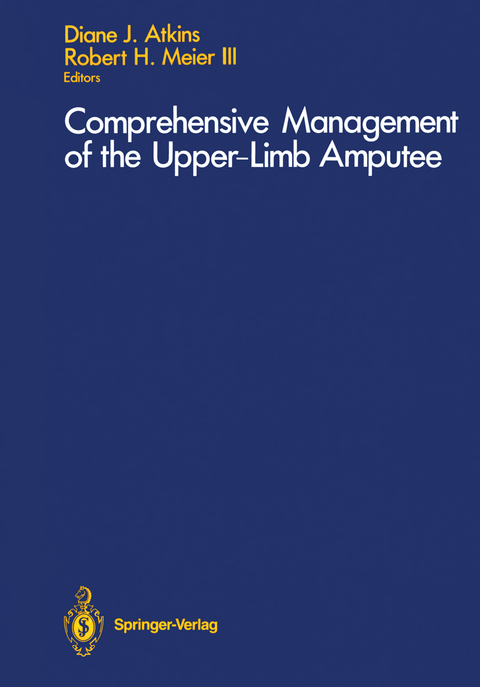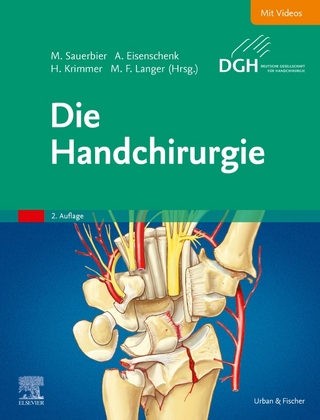
Comprehensive Management of the Upper-Limb Amputee
Springer-Verlag New York Inc.
978-1-4612-8143-6 (ISBN)
1 Amputation Levels and Surgical Techniques.- 2 Postoperative and Preprosthetic Therapy Programs.- 3 Evaluation of and Planning for Acquired Upper-Limb Amputee Rehabilitation.- 4 Surgical Reconstruction of the Amputated Arm.- 5 Body-Powered Upper-Limb Components.- 6 Adult Upper-Limb Prosthetic Training.- 7 Adult Myoelectric Upper-Limb Prosthetic Training.- 8 The Painful Residual Limb: Treatment Strategies.- 9 Surgical Options for Brachial Plexus and Stroke Patients.- 10 Evaluation of the Pediatric Amputee.- 11 Upper-Limb Prosthetic Components for Children and Teenagers.- 12 Electric Pediatric and Adult Prosthetic Components.- 13 Developmental Approach to Pediatric Prosthetic Evaluation and Training.- 14 Functional Skills in Multiple Limb Anomalies.- 15 Psychological Adaptation to Limb Loss.- 16 Biomedical Engineering in Upper-Limb Prosthetics.- 17 The Toronto Experience with Pediatric Myoelectric Training.- 18 Experience with the Utah Arm, Hand, and Terminal Device.- 19 Use of the Boston Elbow for High-Level Amputees.- 20 The New York Electric Elbow, The New York Prehension Actuator, and the NU-VA Synergetic Prehensor.- 21 Upper-Limb Amputees: Swedish Experiences Concerning Children.- 22 The Heidelberg Experience.
| Zusatzinfo | XII, 260 p. |
|---|---|
| Verlagsort | New York, NY |
| Sprache | englisch |
| Maße | 178 x 254 mm |
| Themenwelt | Geisteswissenschaften ► Psychologie ► Klinische Psychologie |
| Medizin / Pharmazie ► Gesundheitsfachberufe | |
| Medizinische Fachgebiete ► Chirurgie ► Ästhetische und Plastische Chirurgie | |
| Medizinische Fachgebiete ► Chirurgie ► Unfallchirurgie / Orthopädie | |
| Medizin / Pharmazie ► Medizinische Fachgebiete ► Psychiatrie / Psychotherapie | |
| Medizin / Pharmazie ► Physiotherapie / Ergotherapie ► Orthopädie | |
| Medizin / Pharmazie ► Physiotherapie / Ergotherapie ► Rehabilitation | |
| Technik ► Medizintechnik | |
| ISBN-10 | 1-4612-8143-1 / 1461281431 |
| ISBN-13 | 978-1-4612-8143-6 / 9781461281436 |
| Zustand | Neuware |
| Haben Sie eine Frage zum Produkt? |
aus dem Bereich


